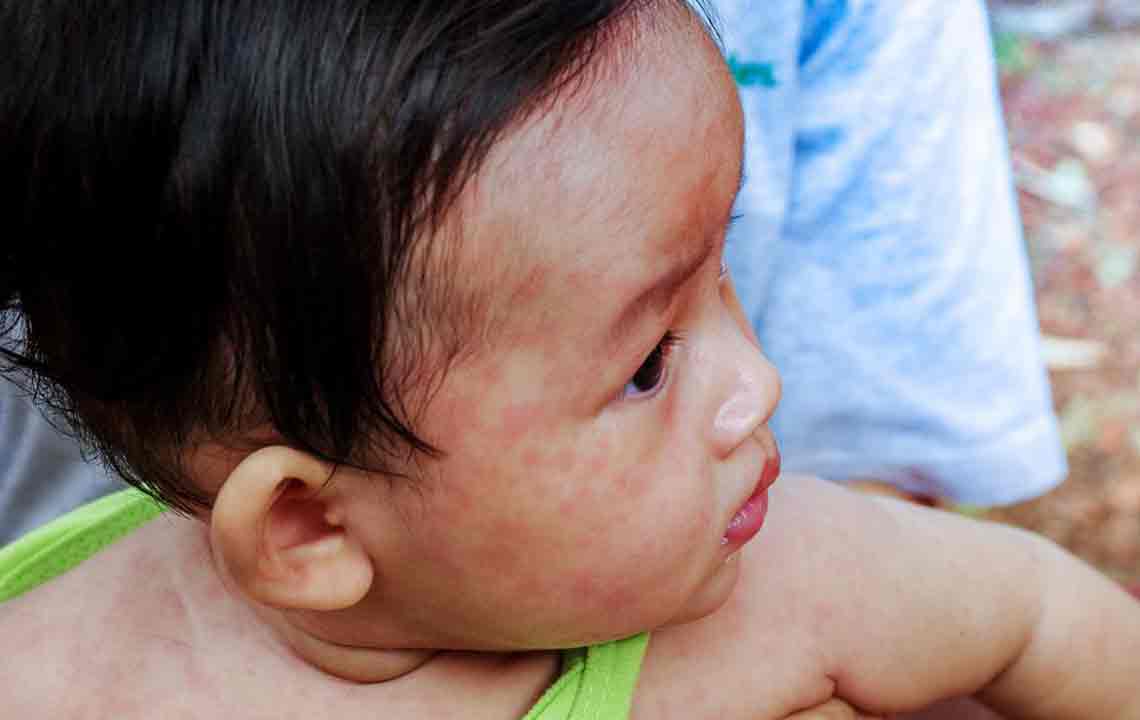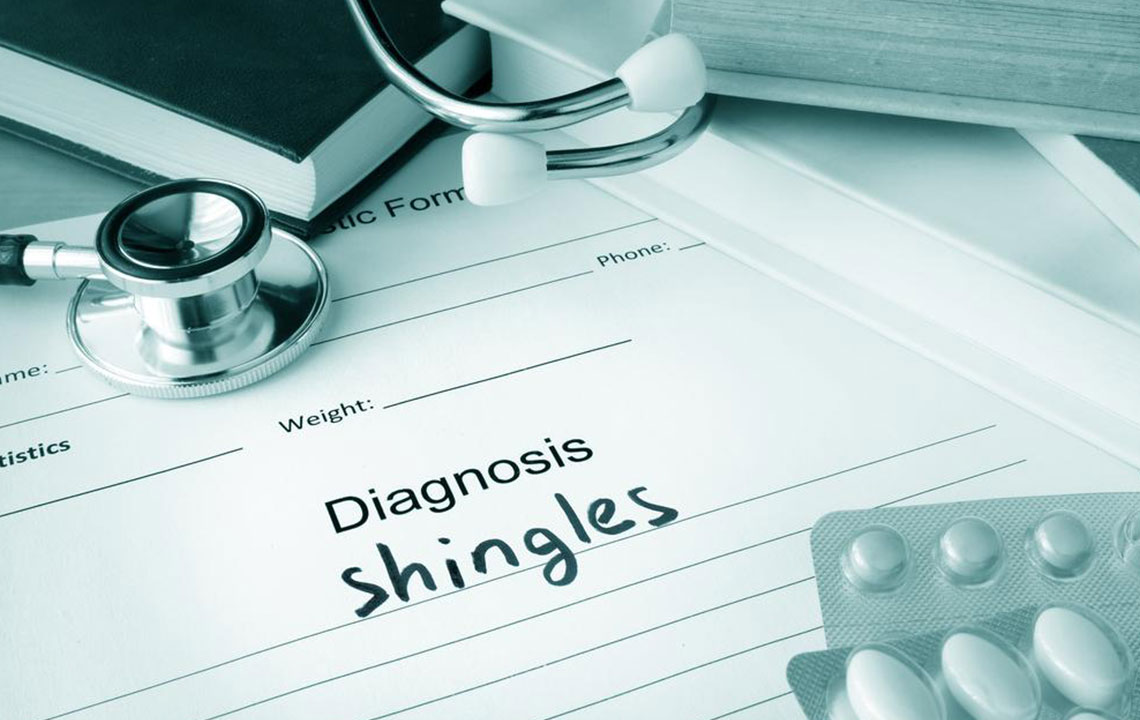Comprehensive Guide to Shingles: Recognizing Symptoms and Effective Treatment Options
This comprehensive guide examines shingles, detailing its causes, common symptoms, at-risk populations, and the most effective treatment strategies. Learn how to manage pain, prevent complications, and stay ahead of this potentially debilitating condition through early intervention and proactive care. Ideal for patients seeking thorough knowledge, this article covers everything from home remedies to medical treatments, emphasizing the importance of vaccination and immune health.

Comprehensive Guide to Shingles: Recognizing Symptoms and Effective Treatment Options
Shingles, also known as herpes zoster, is a painful skin condition that can significantly impact quality of life if not properly managed. Understanding the causes, symptoms, and effective treatment strategies is essential for those affected or at risk. This expert guide delves into the details of shingles, elaborating on who is most vulnerable, how it manifests, and ways to alleviate symptoms and prevent complications, ensuring comprehensive knowledge for better health management.
Understanding the Cause of Shingles Shingles results from the reactivation of the Varicella Zoster virus, the same virus responsible for chickenpox. After recovering from chickenpox, the virus doesn’t get completely eliminated but instead remains dormant within nerve tissues surrounding the brain and spinal cord. Decades later, due to factors like aging, stress, or immune suppression, the virus can reactivate and travel along nerve pathways to the skin’s surface, resulting in shingles. This reactivation leads to a characteristic rash and nerve pain that can last for weeks or months.
Who Is Most at Risk? While shingles can occur at any age, it predominantly affects older adults, especially those over 50 years old. Immune-compromised individuals, including cancer patients, organ transplant recipients, or those taking immunosuppressive medications, are at heightened risk. Additionally, people experiencing significant stress, injury, or systemic illnesses are more vulnerable to reactivation. Understanding these risk factors can aid in early detection and proactive management.
Typical Symptoms and Their ManifestationsShingles characteristically affects one side of the body or face, often following a dermatomal pattern (along nerve pathways). The initial symptoms include sensations of pain, burning, tingling, or numbness localized to the affected region. Usually within a few days, a red rash appears, progressing into clusters of fluid-filled blisters that eventually crust over. Some individuals may also experience sensitivity to touch, fatigue, headache, fever, or light sensitivity. Notably, pain can sometimes occur without any visible rash, a condition known as zoster sine herpete, which mimics other neurological conditions and can complicate diagnosis.
Managing Shingles: Symptom Relief and CareEffective management of shingles focuses on alleviating pain, preventing secondary infections, and shortening the duration of symptoms. Patients are advised to avoid scratching the blisters to prevent bacterial superinfection. Applying cool, moist compresses offers soothing relief and reduces inflammation. Calamine lotion can help reduce itching, while drying agents like baking soda or cornstarch can accelerate crust formation and healing. Soaking crusted lesions in lukewarm water or Burow’s solution minimizes discomfort and oozing. Additional home remedies, such as applying natural oils like coconut oil, Aloe Vera, or lemon balm compresses, can provide comfort and promote healing.
Pharmacological and Over-the-Counter TreatmentsTo manage pain effectively, healthcare providers often recommend antiviral medications such as acyclovir, valacyclovir, or famciclovir, especially if administered within the first 72 hours of rash appearance. These drugs can reduce the duration and severity of the outbreak. Over-the-counter pain relievers like ibuprofen, acetaminophen, or naproxen help ease discomfort, while topical anesthetics or corticosteroid creams can reduce inflammation and nerve pain. For severe or persistent pain, particularly postherpetic neuralgia, prescription medications including tricyclic antidepressants, gabapentin, or opioids may be necessary. It’s crucial to consult with a healthcare professional before starting any medication regime, to ensure safety and appropriateness based on individual health conditions. Preventive strategies such as the shingles vaccine are highly recommended for older adults and high-risk groups, significantly decreasing the likelihood of reactivation and severity.
In summary, understanding shingles thoroughly—from its causes and symptoms to management approaches—is vital for effective treatment and improved patient outcomes. Early intervention with antiviral medications, alongside supportive care, can make a substantial difference in recovery and quality of life. Maintaining a healthy immune system through good nutrition, stress management, and timely vaccination can significantly reduce the risk of shingles, highlighting the importance of proactive health care for all age groups, especially seniors and immunocompromised individuals.





